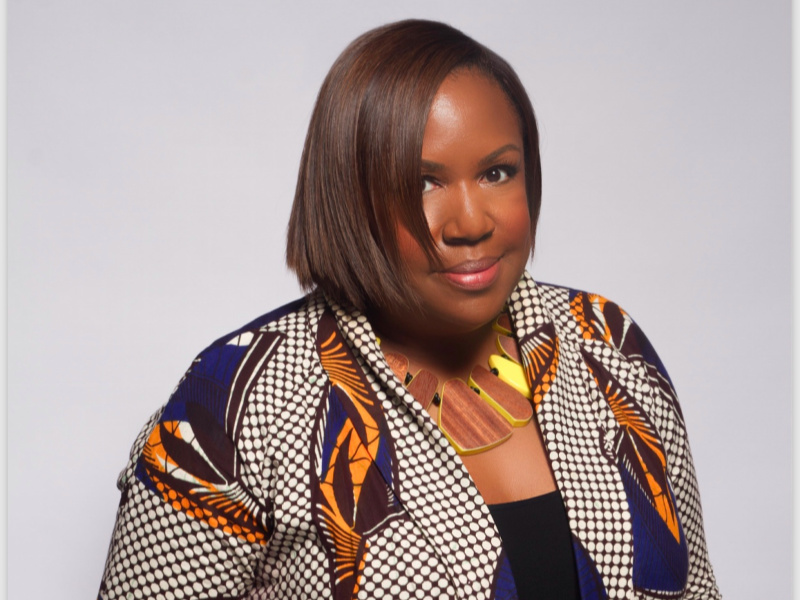Diana Marszalek 20 Jun 2023 // 7:22PM GMT

Cheryl Overton has been an ardent champion of diversity throughout her career, working on high-profile campaigns furthering inclusion for the likes of P&G (“The Talk”, “Redefine Black” and “My Black is Beautiful”), Unilever (Dove “Campaign for Real Beauty”), American Heart Association (“Go Red for Women”) and corporate DEI efforts for Procter & Gamble and Astellas among others. After senior leadership roles at agencies including Egami and Zeno, Overton now runs her own consultancy, Cheryl Overton Communications. You can read our June 2020 interview with Overton here.
Three years ago, the PR industry was at an inflection point in terms of DEI. Where is it now?
I’d call today a reflection point. DEI is definitely being considered, discussed and worked on but not with the intensity of 2020. Organizations are still refining and re-defining DEI strategies as the needs ebb and change in step with social and culture conditions.
On the positive side, today there is more thoughtful attention to BIPOC recruitment and retention; pay parity for diverse suppliers (whether talent, creator or vendor); employee engagement outside the recognition days/months; and contracting minority-owned businesses (such as mine, smile).
Despite those gains, I do have concerns. I’m concerned that many of my agency- and client-side peers lament it’s still not “enough.” I’m concerned that BIPOC colleagues, especially those at the senior ranks, are finding it difficult to find meaningful work or a corporate culture that aligns with their values. I’m concerned that 2024 plans that center Black and Brown target audiences don’t always include Black and Brown experts on the client and agency teams. So, while there’s been progress in the past 3 years, there is still much to do.
Is that progress a step toward making real change?
There’s been progress but is it sustainable? I see self-congratulatory posts about empaneling interns from traditionally underrepresented backgrounds and recruiting at HBCUs as the solution to the problems. These are important tactics to diversify industry talent over time but where’s the hard work?
-
Where’s the board appointment?
-
When will the C-suite and senior leaders mirror the junior hires and interns?
-
And when senior folks are brought on, are they given support — both interpersonal and resource-based – to execute the DEI vision?
-
Do workplace 3.0 and client plans prioritize BIPOC populations, the new majority?
-
Have corporate supplier diversity standards been raised and enforced?
Sadly, the answer is no more often than not so ‘diversifying the industry’ will continue to lag.
The PR industry was jarred into prioritizing DEI due to events of tremendous magnitude, George Floyd’s murder and the rise of the Black Lives Matter movement. Does that urgency still exist? Does the early momentum exist?
Conditions still feel urgent for members of groups seeking employment and pay parity, succession consideration and a feeling of belonging in the workplace. But, for many in the industry, the urgency has waned. Now, none of us can emotionally afford to live in the state of actual and cultural trauma that defined 2020 (there is research on its damaging effects, particularly among Black people) but to lose focus and think the problems are now ignorable is misguided.
What do you see as the challenges in pursuing this change? Has anything surprised you?
A few challenges come to immediate mind:
-
A lack of purposeful intention. Why you’re engaged in DEI planning or reform is as important as what you’re doing. Intention helps ensure it’s not a passing trend but a sustainable business strategy.
-
A wavering commitment, including financial. DEI isn’t a dimensional standby statement that gets said and forgotten; this work has cultural impact. If the commitment and resourcing isn’t real and true, neither will be the effort.
-
KPI misalignment. Performance metrics will vary by organization but touting the appointment and promotion of BIPOC talent as the ‘win’ isn’t enough. I encourage clients to define DEI success against long-term impact with both internal (corp) and external (consumer, cultural) indicators. Brands are uniquely suited to have this kind of impact.
Having been in the business so long, I’m not surprised by the shift (or decreased) interest since 2020. It’s ok to operate outside the crisis mode the racial reckoning required. But we shouldn’t lose focus; now’s the time to put our good, productive energy around envisioning and planning an equitable future for the industry.
Do you believe that true DEI in PR is attainable?
Yes, I do believe it’s attainable. I have to believe it — this is the heart of my work. PR people have the business acumen, drive, executional prowess and cultural impact to make it happen. And if there something we can't handle, we’re one degree away from someone who can. We can achieve true DEI and it would benefit everyone. I’m disheartened that more progress hasn’t been made. Achieving true DEI requires consistency, persistence, bravery, radical advocacy and allyship. If we were to apply all of that over time, we’d all experience a positive difference.



































.jpg)


















